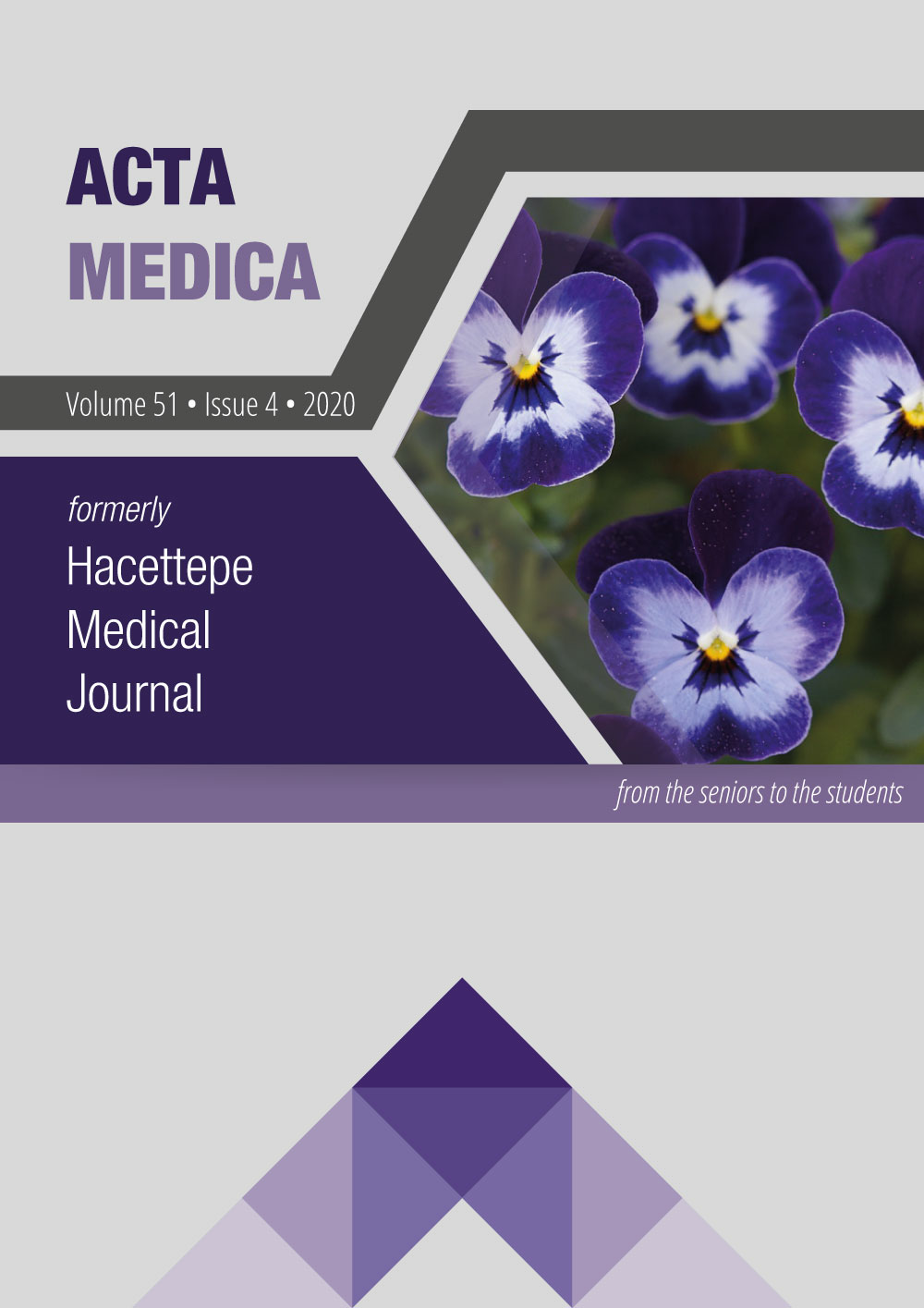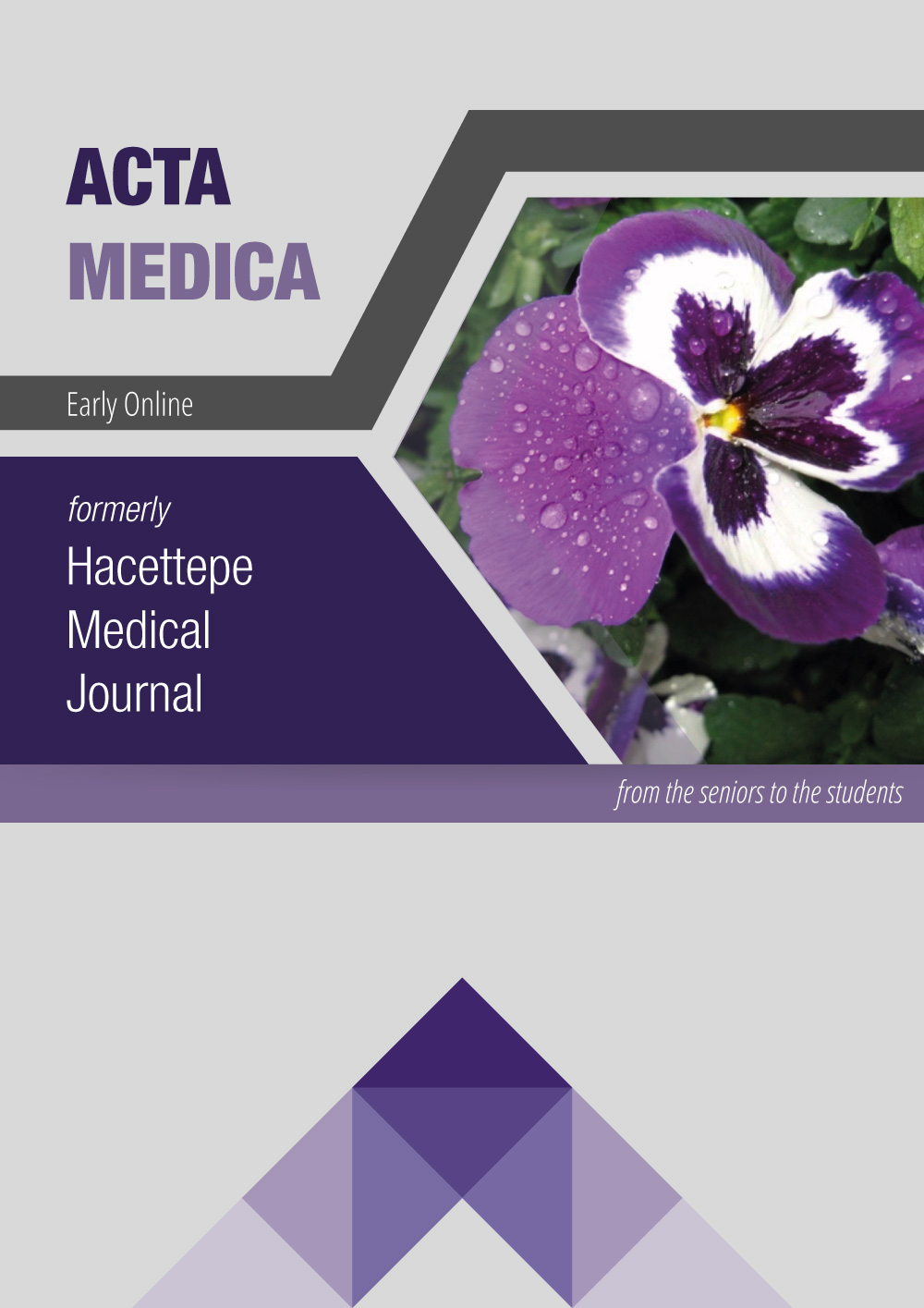Nutritional Status among Filipino Elderly: Prevalence and Correlates
DOI:
https://doi.org/10.32552/2020.ActaMedica.411Abstract
Objective: The dual burden of undernutrition and overnutrition has received attention around the world, especially in the Philippines, where malnutrition is an issue that the country is continuously facing. Malnutrition have been prevalent and alarming concerns among the Filipino elderly through the years. Several studies support the claim that the prevalence of malnutrition is associated with factors, such as socioeconomic status, biochemical, clinical, dietary intake, and food security. This study aimed to determine the factors associated with the nutritional status of the Filipino elderly.
Materials and Methods: The study utilized the 2013 National Nutrition Survey. Data of the 1,807 sampled Filipino elderly who had no physical defects were considered. The Rao-Scott test and a multiple correspondence analysis were conducted to assess the association of the nutritional status of the Filipino elderly with the socio-demographics, health/clinical conditions, and nutrient intake factors.
Results: Majority (54.97%) of the Filipino elderly had a normal nutritional status. However, both the prevalence of underweight and overweight are still alarming with a 20.19% and 24.83% rate, respectively. The socio-demographic characteristics found that are associated with the nutritional status of the Filipino elderly include age, sex, occupation, and education. Health conditions and behavioral risk factors such as smoking and drinking alcohol beverages were also found to have significant association with the elderly’s nutritional status. Lastly, a significant association between the nutritional status and the intake of nutrients such as iron, Vitamin A, niacin, and thiamine was observed.
Conclusion: With both underweight and overweight/obesity still rampant among the Filipino elderly, their lifestyle and food intake should be given much attention. Further studies about the nutritional status of the Filipino elderly should be conducted to have a sufficient basis on how society can help the elderly maintain and improve their nutritional conditions.


